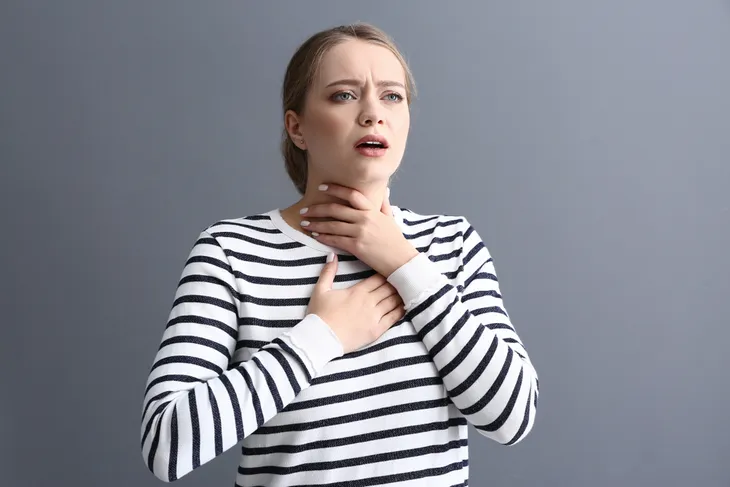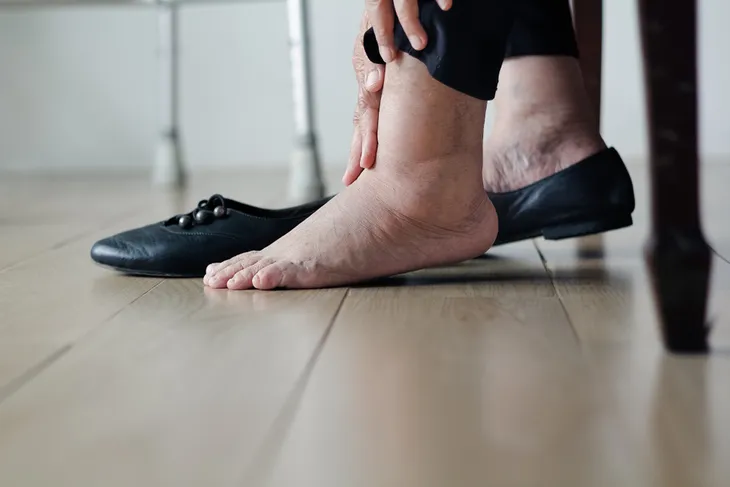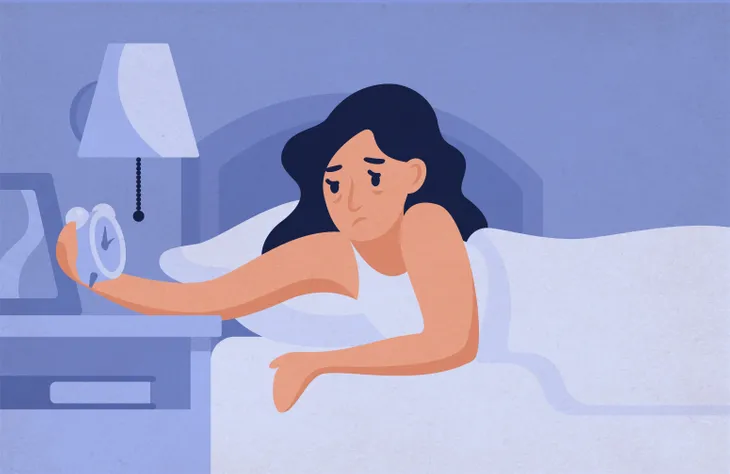Chronic obstructive pulmonary disease (COPD) is a lifelong inflammatory lung disease, which is characterized by the airways in the lungs becoming swollen and partly blocked. While it can be treated and managed on a day-to-day basis, flare-ups can be potentially life-threatening.
This is why understanding what a good day looks and feels like with COPD is essential. When you understand this, you can quickly identify when something doesn’t feel right, so you can prepare with the help of your doctor for a potential flare-up. To help arm you with the COPD knowledge you need, below are 12 early warning signs of a COPD flare-up.
Change in Breathing
There are different changes in your breathing that can potentially indicate an impending COPD flare-up. These include:
- Shortness of breath
- Noisy breathing
- Irregular breathing
Shortness of Breath
The obstruction of the air passages caused by COPD can make you feel like you’re not getting enough air. In earlier stages of COPD, this shortness of breath usually occurs after exercise, but as COPD progresses this shortness of breath can start to occur even at rest. The extra effort required to make up for this shortness of breath can also make you feel more tired than usual.
Noisy Breathing
The obstruction in your airways caused by COPD can result in your breathing sounding noisier than usual, says WebMD. If you notice an additional wheezing sound, you might also have mucus or pus blocking your airways. Similarly, gurgling or rattling sounds could mean fluid in your lungs.
Irregular Breathing
Outside of shortness of breath and noisy breathing, WebMD notes any other change in breathing that could be described as irregular is a potential sign of a COPD flare-up. This might consist of feeling like you have to use your chest muscles to breathe instead of your diaphragm, uneven breathing, or slower or faster rate of breathing.
Excessive Coughing
Even if you cough on a daily basis, coughing more than usual can be an early warning sign of a COPD flare-up, especially if it doesn’t go away, says Medical News Today. This coughing can be your regular, run-of-the-mill dry cough or it could bring up yellow, green, or bloody phlegm. The persistent force of your coughing may also result in chest pain or tightness. Pay extra attention if your cough gets worse when you lie down, forcing you to sleep sitting up in a chair.
Anxiety
Constant worrying or self-doubt can be signs of anxiety caused by actual COPD symptoms. For example, if you keep going back and forth on whether or not you’re actually experiencing a symptom of a flare-up, such as shortness of breath, chances are you’re actually experiencing that symptom. It’s better to believe your instinct, seek medical treatment, and end up not needing any treatment than ignore your instinct, not seek medical treatment, and end up actually needing it.
Fluid Retention
Any indication of fluid retention in your body can be a sign that your body might be experiencing a COPD flare-up. This can take the form of weight gain, new or worsening edema in the feet or ankles, or swelling of the legs.
Trouble Sleeping, Eating, and/or Talking
Trouble sleeping, eating, and/or talking can be the result of other symptoms indicative of a possible COPD flare-up, explains WebMD. Difficulty eating and sleeping are usually obvious, but difficulties such as not being able to finish sentences without taking deep breaths or having to gesture a lot with hands instead of your voice may be a possible sign of a flare-up.
It’s difficult to pinpoint why exactly these things might be happening, but for people with COPD, they are usually signs of a worsened COPD state. Specifically, they can happen because of declining oxygen levels, persistent coughing, or anxiety. However, they might also be the result of medication you’re taking.
Cold and Flu Symptoms
Whereas people without COPD can endure a regular cold or flu without much trouble, people with COPD have more difficulty. Plus, as your COPD progresses, colds and cases of the flu can also become more serious. Then, these colds or flu can cause COPD flare-ups ranging from mild to severe. Anything from minor sniffling to sneezing, to a scratchy throat, to a runny nose or to a rise in temperature can be an early warning sign of a flare-up and is worth seeing your doctor about.
Excess Mucus
Mucus (phlegm) in your body works to keep your airways moist and capture germs and irritants that get into your lungs.
According to Medical News Today, lung irritants can include:
- Chemical fumes, such as those from paints and strong cleaning products
- Dust
- Pollution, including car exhaust fumes
- Perfumes, hairsprays, and other spray cosmetics
With this in mind, too much mucus can indicate the presence of some sort of irritation in your lungs, which could indicate a potential COPD flare-up. It’s also worth noting that smoking is one of the most common causes of excess mucus production and coughing.
Change in Sputum Color
In normal, healthy, COPD-free people, sputum (the mixture of saliva and mucus coughed up from the respiratory tract), is usually clear. For most people with COPD, the color of their sputum is yellow. That said, it’s important to know what color is normal for you on good COPD days, so that when it changes color, you know that something isn’t right. If all else fails, brown, green, and red sputum are all abnormal and signs of a potential COPD flare-up.
Excessive Use of Rescue Medicine
Rescue medicine is often given to people with COPD to help them immediately alleviate symptoms. As the name implies, this medicine is only intended to be used to “rescue” you from serious situations. Therefore, if you’re using rescue medicine more than usual, it could be a sign that your condition has worsened and a flare-up might be coming your way.














